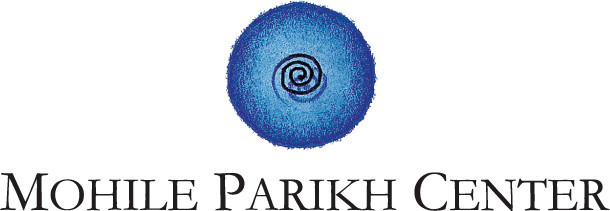Of Visuality, Ideology and Facilitating Artists
Speaker: Shaheen Merali
In association with Biennale Society, School of Arts and Aesthetics, JNU, Open Circle and Max Mueller Bhavan
March 7, 2007 | 6.30 pm
Auditorium, Max Mueller Bhavan, Mumbai
Shaheen Merali is currently the Head of the Department of Exhibition, Film and New Media of Haus der Kulturen der Welt in Berlin where he has worked since 2003. At the HKW, he has curated important film festivals and exhibitions, apart from co-curating international shows for the 6th Gwangju Biennale, Korea (2006), and for the University of Lueneburg. Currently he is editing and curating two further large scale exhibitions and accompanying publications, States of Mind (Aug-Nov 2007) and Re-Imagining Asia (March-May 2008). His most recent publications as responsible editor include Spaces and Shadows, Contemporary Art from Southeast Asia and About Beauty (an interdisciplinary project on contemporary and intercultural notions of Beauty) both in 2005. Prior to his current position he has been a key lecturer on the post graduate programme at Central Saint Martins School of Art and Design (1993-2003) and, since 2001, he worked as a researcher in the School of Communications and Creative Industries at the University of Westminster.
Art, like all facets of our evolving realities, has become as complex and entangled as have all global concepts and beliefs. The rubric “fine art” no longer refers only to a series of catalogued works or objects but to a set of practices that have become institutionalised with age whilst the language of art itself expresses specific concepts and beliefs. These concepts and beliefs, like all our daily actualities, are entangled within a system that is governed and structured in a manner where we are not necessary either included even as spectators.
The talk is two pronged: primarily it investigates the political climate especially around the sensitive issues of immigration, labour and belonging within the European domain. Secondly, it investigates the current use of art as a language by which to address an understanding and, on occasion, the tangential use of the contemporary state of the nation by European and North American artists.
